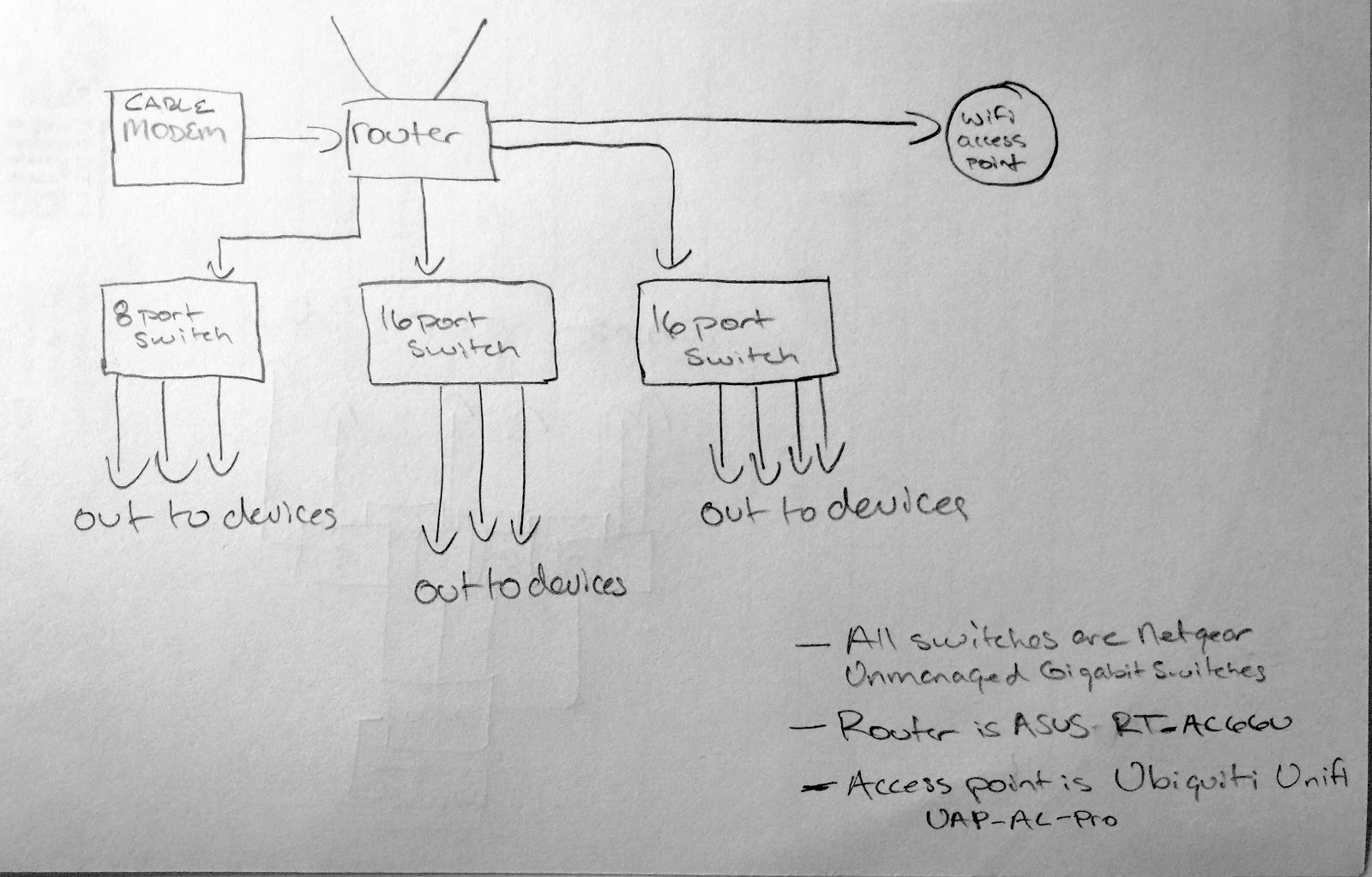You connections are fine.
I agree with above about the switch to switch delay being very small. and it is 100% sure that a 4 port router is simply a 5 port switch inside the router[one used to connect to the router it self]

If you have devices that talk to each other allot then having them on the same switch will give you that fraction of a second improvement.
Clearly there are some exceptions. When 2 computers on the same switch talk, they never have to go back to the routers built in switch(leaving that lane open for other things). This would not be the case when computers from different switches talk(they have to go from switch to router switch to switch.).
These things are generally so fast now that I never have an issue with jumping switch to switch(I am sure if you add enough, it will be an issue. Traffic patters play a roll as well).
The reason some may call it novice could be that in a corporate environment you may want to separate your network sections. This is generally done with one or more V-LANs. So lets say you want office systems and public systems separated, but all(or even just one segment) to be able to access the internet(or even other network resources). It is insane just how customization a large scale network can have.
Example.
Office computers have internet access as well as access to a server.
Public computers have internet access alone(maybe even restrictions if you want)
Wireless are the same as public, but separated for security.
Managed equipment makes this possible, while most consumer stuff would just mash everyone together(most routers allow separating wireless guests, but that is about it).




